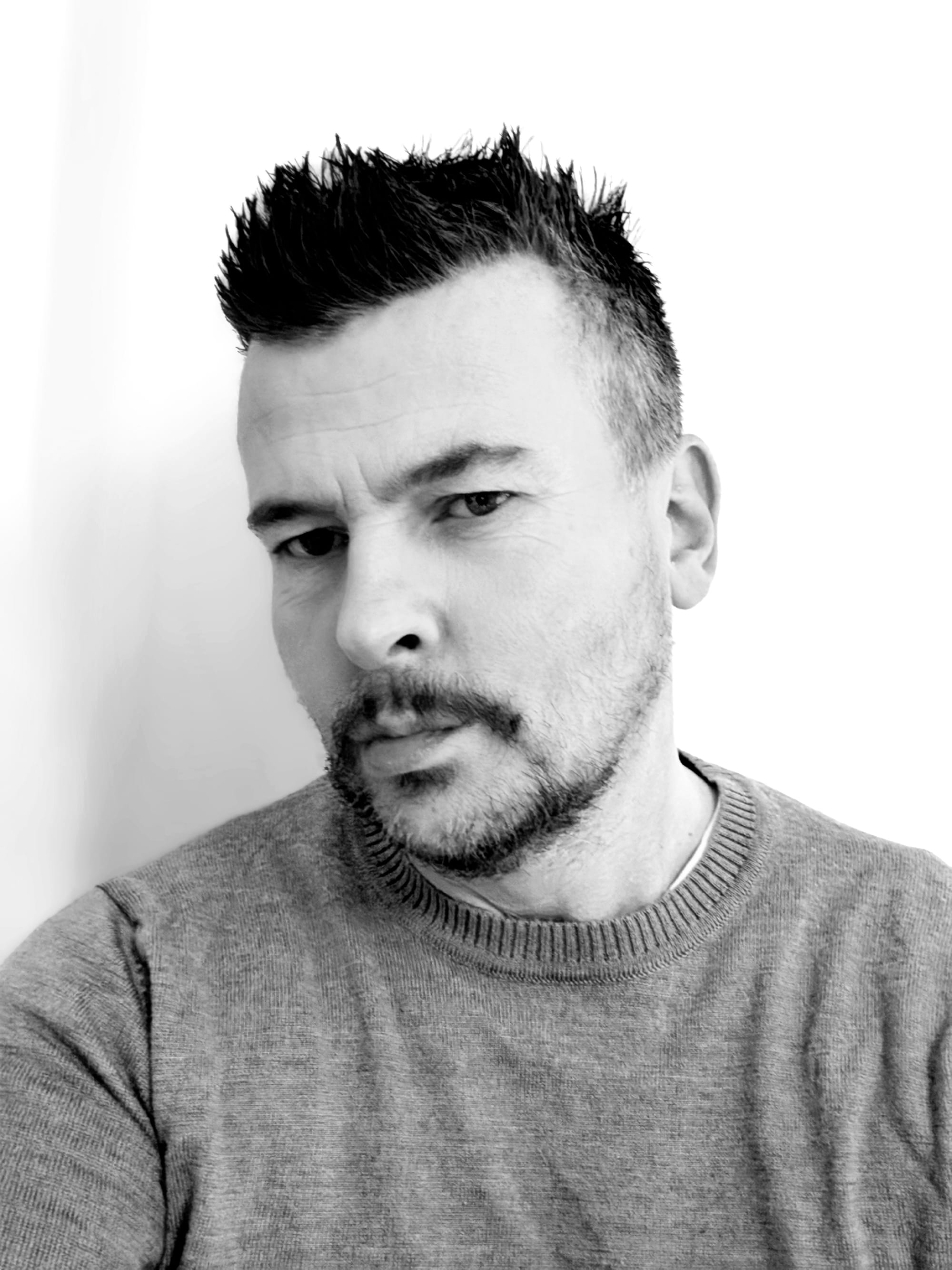The Plastic Bubble Effect: Are We Protecting Ourselves from Living
Are our comfort zones keeping us safe or holding us back? Inspired by The Boy in the Plastic Bubble, this blog dives into the challenge—and reward—of stepping outside the protective barriers we build.
Growing up, I remember watching an American TV movie starring John Travolta called The Boy in the Plastic Bubble. In the film, Travolta plays a boy, Tod, who lives isolated from the world because of a compromised immune system, forced to stay within the sterile confines of a plastic bubble.
Even though he’s physically protected, his mind is restless, yearning to experience life beyond his bubble. I remember feeling both fascination and sadness for Tod’s situation—his resilience, his curiosity, and his intense desire to connect with the world he could only view from a distance.
That film has always resonated with me, and as I grew older, I began to realise that Tod’s story isn't so far removed from our own experiences.
In many ways, The Boy in the Plastic Bubble symbolizes a common human tendency: our desire for comfort and safety, even when it comes at the expense of our freedom to live fully.
Just as Tod had to live in a bubble for his physical survival, we sometimes build our own invisible "plastic bubbles" to protect ourselves from emotional risks, new challenges, and uncertain outcomes. But, while these bubbles can be comforting, they can also limit us, keeping us from the potential of a more fulfilling life outside of them.
Why We Create Our Own "Plastic Bubbles"
Everyone’s "plastic bubble" looks a little different. For some, it might be the comfort of a familiar routine, the predictability of a stable job, or the safety net of staying close to home and familiar people.
For others, it might be an unwillingness to try new things or meet new people because of fear of failure, rejection, or change.
In our increasingly digital world, it's easier than ever to build and reinforce these bubbles. Social media can create echo chambers where we only engage with like-minded people.
Work-from-home setups, while offering convenience, can sometimes isolate us from face-to-face interactions that challenge us to grow socially and emotionally.
Even streaming services let us curate a world where we only consume content that feels comfortable and safe, never pushing us to encounter new perspectives.
The Hope Beyond the Bubble
One of the most memorable scenes in The Boy in the Plastic Bubble is when Tod finally decides to step out, despite the risks.
His yearning to live a life outside his bubble, to feel the sun on his skin and embrace those he loves, outweighs his fear of the unknown. It’s a powerful metaphor for stepping out of our comfort zones, even when it feels intimidating.
I often reflect on this scene when I feel trapped by my routines and comforts. There’s hope in Tod’s story—a reminder that even though the world outside our bubble might feel daunting, it’s also where real growth, joy, and connection lie. Living in our bubbles might keep us safe, but it also keeps us from experiencing the full, rich spectrum of life.
Breaking Free: Small Steps Out of the Bubble
Breaking out of a self-imposed bubble doesn’t necessarily mean making dramatic changes all at once. Here are a few gentle steps we can take to expand our comfort zones:
- Engage in Unfamiliar Conversations: Start small by talking to someone you wouldn’t normally interact with. It could be a colleague from another department, a new neighbour, or even a stranger in a café. New perspectives can be refreshing and can open us up to new ideas and experiences.
- Learn Something New: Challenge yourself with a skill or hobby that’s outside your usual interests. This can be anything from learning a new language to trying a creative project. Not only does this broaden your horizon, but it can also boost your confidence.
- Take Physical Adventures: Sometimes the best way to push ourselves is through physical experiences. Try something that excites and challenges you, like hiking, travelling solo, or even signing up for a dance class. These experiences can remind you of the joy of exploring the unknown.
- Reflect on Your Fears: Often, we stay in our bubbles because of unexamined fears. Taking time to write down what you're afraid of and why can bring clarity. Reflect on whether these fears are truly keeping you safe or simply keeping you confined.
Accepting Life Outside the Bubble
Looking back, The Boy in the Plastic Bubble may have been a simple TV movie, but it carried a powerful message that stays with me. Like Tod, we might feel like stepping out into the unknown means facing real risks, but it’s also where we’ll find the true colours of life.
Just outside our bubbles is a world filled with joy, love, challenges, and endless potential. And while staying comfortable is easy, there’s something truly hopeful—and, yes, sometimes a little frightening—about daring to step beyond.
In the end, the choice is ours. We can continue living in the confines of our bubbles, safe but limited, or we can take a deep breath and step out, embracing the world with all its risks and rewards. So, are we all living in a plastic bubble?
Perhaps. But there’s a whole world waiting just beyond, and all we have to do is decide to step out and meet it.






